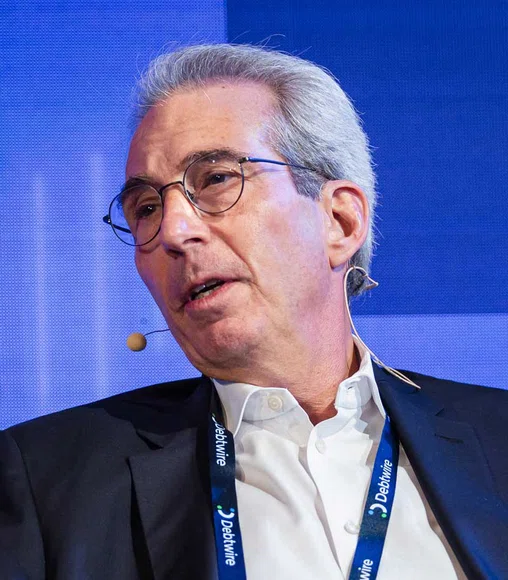Published in London & New York
10 Queen Street Place, London
1345 Avenue of the Americas, New York
Creditflux is an
company
© Creditflux Ltd 2024. All rights reserved. Available by subscription only.


News
Investors seeking long exposure to direct lending turn to evergreen funds
by Lisa Fu
The huge pool of capital fuelling the growth of private credit is increasingly drawn to evergreen funds, as institutional investors seek longer-term exposure to the market.
Historically, the institutional investor market has been dominated by closed-end, draw-down vehicles. The industry adopted private equity-style vehicles because LPs weren’t seeking constant exposure and viewed private credit as an asset class with mark-to-market volatility.
But over the past few years, more direct lenders are fundraising via evergreen funds and more institutional investors are vying to place their capital with them. LPs are coming to view direct lending as a core part of their credit allocation and are acutely aware of the time and resources it takes to keep underwriting the traditional short-dated funds.
The world is “just moving that way”, said Jess Larsen, founder and CEO at placement agent Briarcliffe Credit Partners. The asset class and income-generating strategy lends itself to the long-dated structure, he said.
Blackstone announced late last month it had raised USD 22bn for its first evergreen institutional investor-focused senior direct lending strategy. In the past, it used closed-end structures for institutional private credit funds.
Likewise, after four closed-end funds in its Churchill Middle Market Senior Loan series, Churchill launched Fund V as an evergreen fund last year.


Direct lending is becoming a mainstay
Bill Sacher
Head of private credit
Adams Street Partners
“Given the strong investor appetite for evergreen structures, the firm will continue to innovate in this area,” co-head of Churchill’s solutions group Chris Freeze said in a statement.
For institutional investors that see direct lending as a strategic allocation, an evergreen structure may make sense, said Mary Bates, managing principal and private market consultant at Meketa. To maintain that exposure to the strategy with traditional closed-end funds, the institution must undertake due diligence and renew commitments every few years.
“Time is everyone’s most scarce asset,” Bates said. One benefit of the evergreen fund is the ability for investors to remain invested over time.
Interest in private debt, specifically direct lending, has made it a mainstay in institutional investors’ portfolios, said Bill Sacher, head of private credit at Adams Street Partners. The evergreen structure circumvents the ramp-ups and ramp-downs associated with closed-end funds. The structure is attractive to institutions not large enough for a separately managed account, which could maintain exposure to the strategy but require a larger cheque size.
Additionally, a non-BDC evergreen fund allows for fee flexibility, Sacher said. Institutions can get fee breaks, as they do in closed-end, commingled funds.
However, some market participants point to disadvantages of evergreen structures, such as the way they introduce a fee arrangement less favourable to limited partners.
Many closed-end private debt funds use a European waterfall for incentive fee calculation, which means the incentive fee is paid on realisations at the end of the life of the fund, said Bates. This means the calculation is made at the total fund level as opposed to on individual deals. Evergreen funds often charge annually on net asset value, which is more friendly to the manager than the LP, she said.
“The big issue is how the incentive fee is calculated,” Bates said. “That’s one of the main issues that needs to be addressed.”
Many firms are now offering both types of funds to institutional investors, Larsen said. The idea is that the two groups of capital will invest in the same direct lending deals.
“I don’t think evergreens are going to replace the traditional, institutional commingled closed-end funds, but they are taking a little bit of share away from them,” said Sacher.





